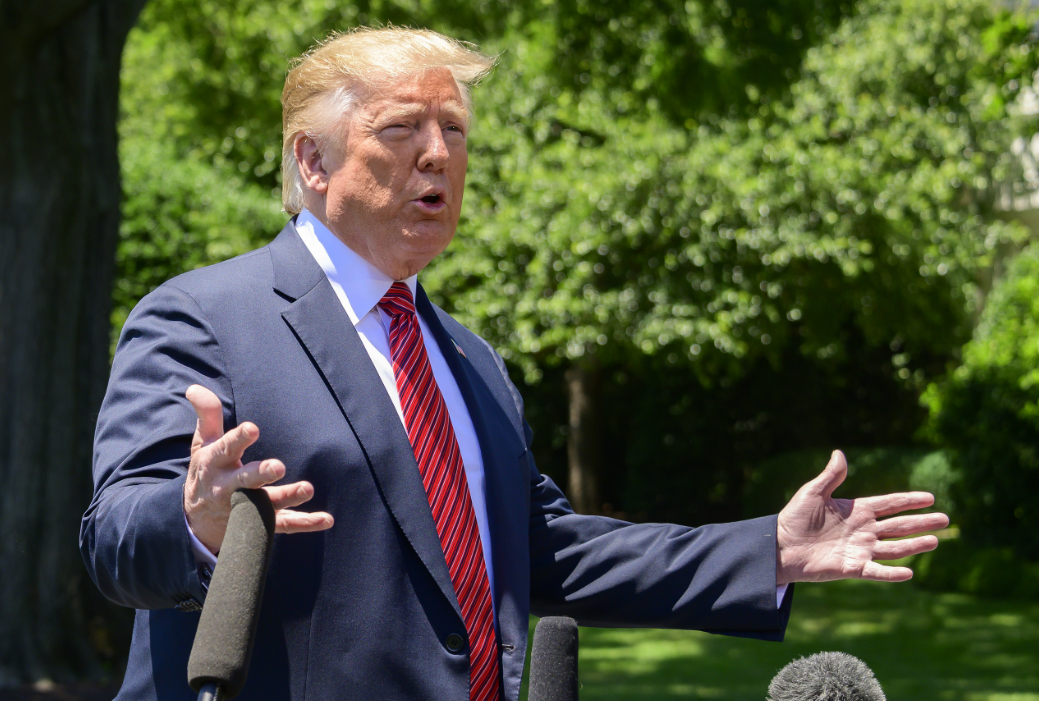html
Understanding the U.S.-Japan Trade Negotiations: What You Need to Know
1. Introduction
Recent U.S.-Japan trade negotiations under the Trump administration have sparked global attention. The talks highlight a contentious strategy by the U.S. to pressure Japan into making unprecedented concessions. This article breaks down the key issues, historical context, and potential outcomes of these negotiations, simplified for clarity while retaining critical details.

Image: A visual representation of U.S.-Japan trade negotiations.
2. Trump’s Negotiation Tactics: A Businessman’s Approach
Donald Trump’s strategy in international relations mirrors a “street-smart” business mindset rather than traditional diplomacy. His administration prioritizes immediate gains over long-term alliances, often using aggressive tactics to extract concessions.
2.1 Testing the Waters
Trump often makes extreme initial demands to gauge the opponent’s limits. If the counterpart yields, he escalates requests incrementally.
2.2 Exploiting Weakness
Countries that quickly concede—like Japan—face relentless pressure. Conversely, nations that push back (e.g., China during the 2024 tariff disputes) force Trump to retreat.
This approach reflects Trump’s belief in “transactional diplomacy,” where relationships are valued only by short-term profitability.
3. Japan’s Dilemma: Why It’s a Prime Target
Japan has historically been a close U.S. ally, but its economic vulnerabilities make it an easy target for Trump’s demands.
3.1 Trade Imbalance
In 2024, Japan had a $63 billion trade surplus with the U.S., primarily from automotive and electronics exports. The U.S. now demands this imbalance be eliminated.
3.2 Dependence on U.S. Security
Japan hosts 54,000 U.S. troops and relies heavily on American military protection, giving the U.S. significant leverage.
4. Key U.S. Demands in the 2025 Negotiations
The U.S. has presented Japan with a series of escalating requirements.
4.1 Eliminating the Trade Surplus
The U.S. insists Japan purchase $63 billion in American goods annually to offset its surplus. Proposed imports include:
- Energy Products: Liquefied natural gas (LNG) and crude oil.
- Agricultural Goods: Soybeans, beef, and rice (see Section 5 for details).
This demand strains Japan’s economy, which already faces a $34 billion overall trade deficit in 2024.
4.2 Restricting Treasury Bond Sales
Japan holds $1.27 trillion in U.S. Treasury bonds. The U.S. demands:
- Japan refrain from selling these bonds to stabilize the dollar.
- Extend bond maturity dates to delay repayment.
This traps Japan’s liquidity, limiting its ability to fund U.S. purchases.
4.3 Military Cost-Sharing
The U.S. seeks higher contributions for stationing troops in Japan. While exact figures are undisclosed, analysts estimate a 300% increase from current payments.
4.4 Agricultural Market Access
A major U.S. demand involves dismantling Japan’s protections for its agricultural sector:
- Tariff Reductions: Japan imposes tariffs as high as 700% on rice and 38.5% on beef to shield domestic farmers.
- Non-Tariff Barriers: Strict food safety and labeling rules further block U.S. exports.
The U.S. aims to flood Japan’s market with cheaper agricultural products, threatening Japan’s Agricultural Cooperatives (JA Group), which control 90% of farm sales.
5. The Agricultural Battleground: U.S. Exports vs. Japan’s Farming Lobby
The U.S. push to open Japan’s agricultural market aligns with broader efforts to boost American farm exports.
5.1 USDA Programs
For context:
- The USDA’s Market Access Program (MAP) allocates $200 million annually to promote U.S. agricultural products overseas.
- Similarly, the Emerging Markets Program (EMP) funds activities to expand exports in developing economies.
5.2 Potential Impacts
If Japan concedes:
- U.S. rice (priced at $0.50/kg) could undercut Japan’s domestic rice (currently ~$6.60/kg).
- American beef exports to Japan could rise by 40%, devastating local ranchers.
However, this would dismantle Japan’s politically powerful farming lobby, risking social unrest.
6. Historical Parallels: The 1985 Plaza Accord
The 1985 Plaza Accord—where the U.S. pressured Japan to strengthen the yen—is often cited as a cautionary tale. Key outcomes included:
6.1 Lost Decade(s)
Japan’s asset bubble burst in the 1990s, leading to prolonged economic stagnation.
6.2 Auto Export Caps
Japan voluntarily limited car exports to the U.S., sacrificing growth to avoid harsher measures.
Today, critics warn that Trump’s demands could inflict longer-lasting damage, eroding Japan’s industrial base and fiscal autonomy.
7. Why Japan Struggles to Resist
Japan’s weakened position stems from multiple factors:
7.1 Aging Population
28% of Japanese are over 65, straining public finances.
7.2 Industrial Decline
Once-dominant sectors (e.g., semiconductors) have lost global market share to South Korea and China.
7.3 Political Timidity
Leaders fear backlash from both the U.S. and domestic interest groups.
8. Global Implications: A Warning to U.S. Allies
The U.S.-Japan negotiations send a stark message to other nations:
8.1 Alliances Are Transactional
Trump views partnerships through a profit-loss lens, not shared values.
8.2 Vulnerability Exploitation
Smaller economies with trade surpluses or security dependencies (e.g., South Korea, Germany) could face similar pressure.
9. Conclusion
The U.S.-Japan talks exemplify Trump’s “America First” doctrine—prioritizing immediate gains over strategic stability. For Japan, the stakes are existential: capitulation risks economic collapse, while resistance could strain its most critical alliance. The outcome will shape not only bilateral relations but also the future of global trade norms.
Note: This analysis simplifies complex economic and political dynamics for broader accessibility. For detailed policy documents, refer to official sources like the USDA’s trade promotion programs.
